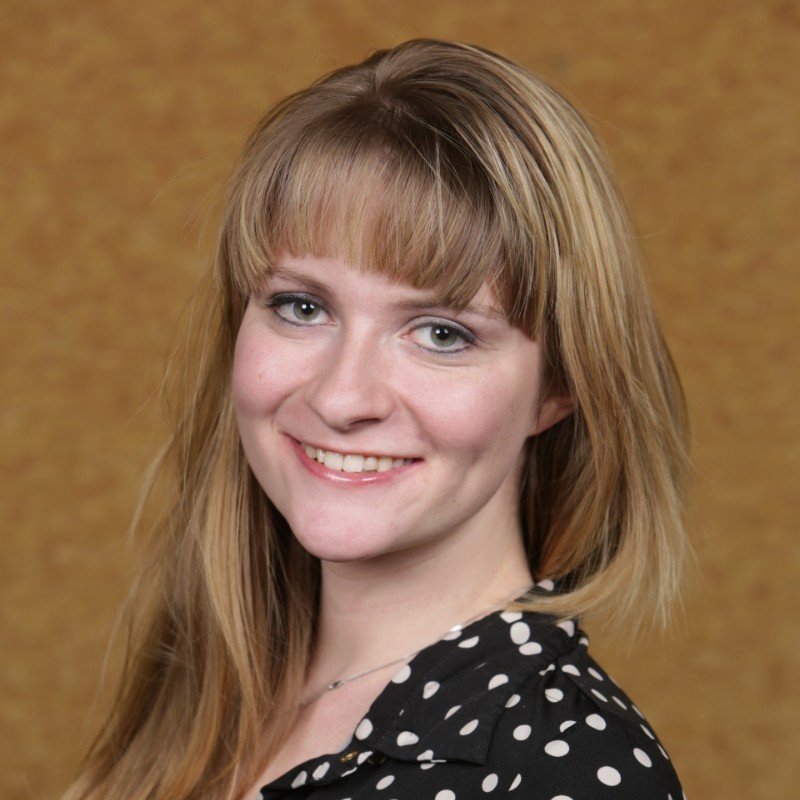Want to become a makeup artist? Grab your brushes and prepare for a colorful journey! It’s not just about slapping on some lipstick and calling it a day. You’ll need to master the art of blending, contouring, and maybe even some magic tricks to make that eyeliner behave.
Steps to Become a Makeup Artist
Becoming a makeup artist isn’t just about slapping on some lipstick. It takes a bit of strategy and lots of practice. Here’s how to step into that fabulous world.
Research the Makeup Industry
I first hit the books—well, websites and social media. Understanding trends is crucial. I followed top makeup artists on Instagram and YouTube. Watching tutorials made me feel like I was in a masterclass, and seeing what works (and what doesn’t) was eye-opening. I also explored various niches—bridal, editorial, special effects—so I could figure out what made my heart race. Learning about the industry can spark creativity and help me stand out.
Acquire Necessary Skills
I practiced like my life depended on it. Blending? Check. Contouring? Absolutely. Eyeliner? Nothing like a good wing calamity to keep things exciting. Workshops and online courses helped me hone my technique. In-person practice with friends turned my living room into a mini studio. I kept a notebook of all my epic fails and the good stuff, so I didn’t repeat the same mistakes. That way, my artistry stayed fresh and my ego intact. Flexibility and adaptability became my best friends because makeup trends change faster than I can apply mascara.
Education and Training Options
Becoming a makeup artist involves learning and practicing specific skills. Several education and training options exist to help you shine in this creative field.
Formal Education Programs
Many beauty schools offer formal programs. These programs last from a few months to a couple of years. In school, I learned about different techniques, skin types, and product ingredients. Instructors provide invaluable tips and tricks. Plus, hands-on practice with real clients boosts confidence. Some programs even prepare you for state licensing exams. That’s a big deal, especially if you want to work in salons or studios.
Online Courses and Tutorials
Online courses offer flexibility and variety. I love binge-watching tutorials while lounging in my pajamas. Websites like Skillshare and Udemy host courses crafted by industry professionals. These courses cover topics like special effects makeup or bridal looks. Watching demos and trying them out in my mirror helped me refine my skills without the pressure of a classroom. YouTube also has endless tutorials from makeup gurus. These resources make it easy to learn new techniques at my own pace. Plus, they inspire creativity as I explore unique styles.
Building Your Portfolio
A strong portfolio demonstrates my skills and creativity. It showcases my work and helps clients see what I can do. Here’s how to make it shine.
Essential Items for a Portfolio
- High-Quality Photos: Use crisp, clear images. Show before and after shots. Use natural lighting, and keep backgrounds simple.
- Diverse Looks: Include various styles. From glam to natural, show versatility. Don’t skip special effects makeup; it can impress!
- Client Testimonials: Add feedback from clients. Positive words build trust. A happy client can speak volumes.
- Personal Projects: Include personal work too. It shows passion. Try themed looks, seasonal inspiration, or DIY projects.
- Social Media Links: Share your Instagram or TikTok. Next-gen clients love to scroll. Show followers love; both the work and the journey!
- Consistency is Key: Keep a uniform style. Match colors, fonts, and layouts. It helps the overall look feel cohesive.
- Add a Story: Share insights about each look. What inspired it? What challenges did I face? A good story grabs attention.
- Stay Updated: Rotate out older or less impressive work. New trends come quickly! Keep my portfolio fresh and aligned with current styles.
- Use a Professional Format: Opt for a sleek website or a well-organized physical portfolio. Make it easy to navigate.
- Seek Feedback: Get opinions from trusted peers. They may spot areas for improvement. Constructive criticism helps me grow.
Gaining Experience
Experience makes a makeup artist shine. It’s about getting hands-on and learning the ropes, not just reading about them. Let’s break this down.
Internships and Apprenticeships
Internships offer a glimpse into the glamorous world of makeup. I found mine at a local salon. I watched seasoned artists, learned the tricks of the trade, and picked up invaluable tips. Apprenticeships take this a step further; you’re not just watching but actively participating. You practice, you mess up, and you learn. Jump into these opportunities whenever possible. They’re like free backstage passes to the beauty show.
Conclusion
So there you have it folks becoming a makeup artist is like a rollercoaster ride but with more glitter and fewer safety harnesses. Embrace the chaos practice your eyeliner skills and remember, every smudge is just a step towards greatness.
Whether you’re blending away in a beauty school or binging online tutorials in your pajamas you’re on the right path. Just keep that portfolio fresh and fabulous and don’t forget to network like you’re trying to score the last slice of pizza at a party.
Now go out there and paint the world one flawless face at a time. Just remember if all else fails there’s always the option of becoming a cat person instead.

Ember Michaels is a seasoned business developer and social entrepreneur with nearly two decades of experience. Known for her expertise in cultivating meaningful partnerships, driving business growth, and supporting community-driven initiatives, Ember brings a unique blend of strategic insight and compassionate leadership to her work.
